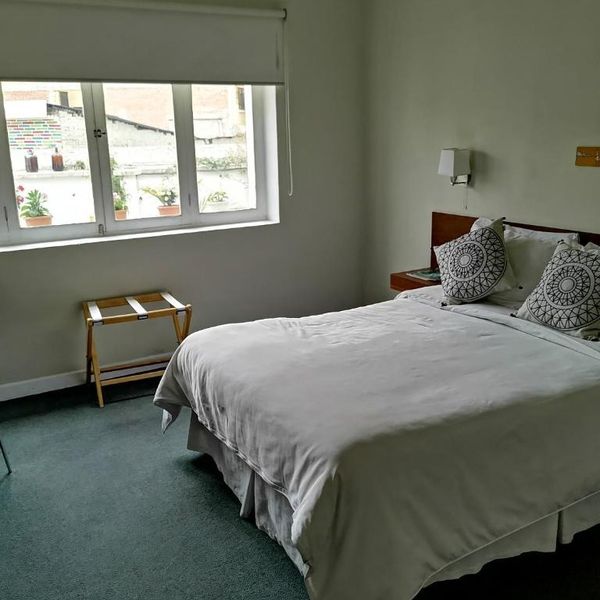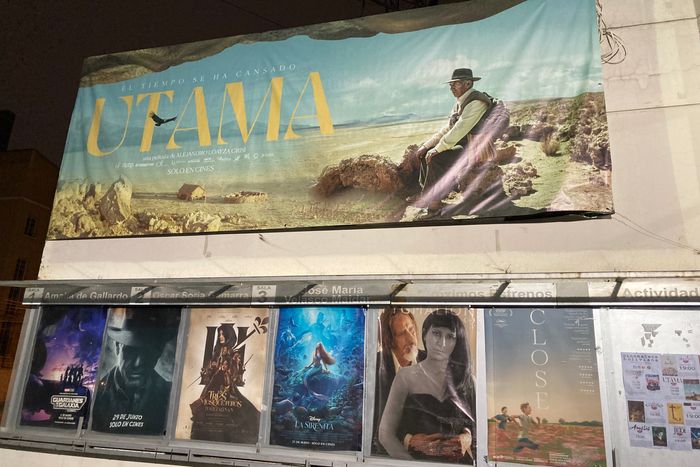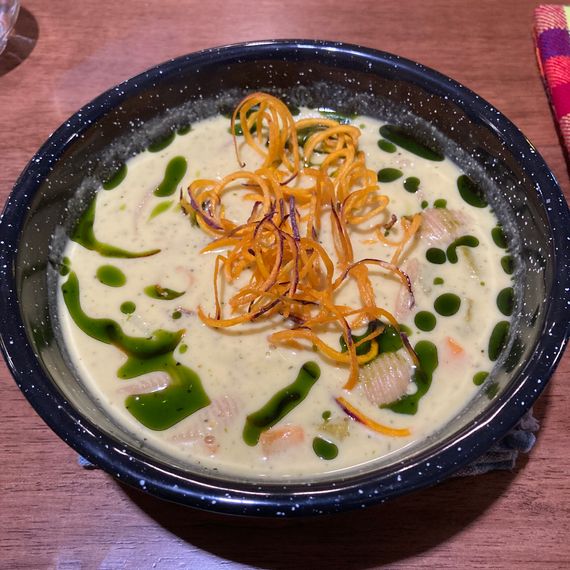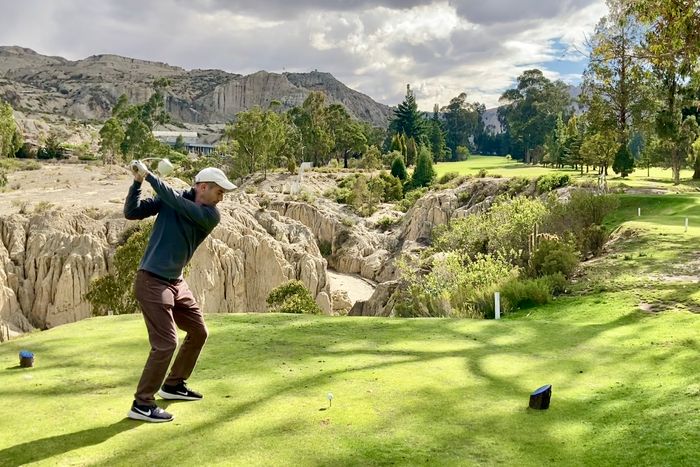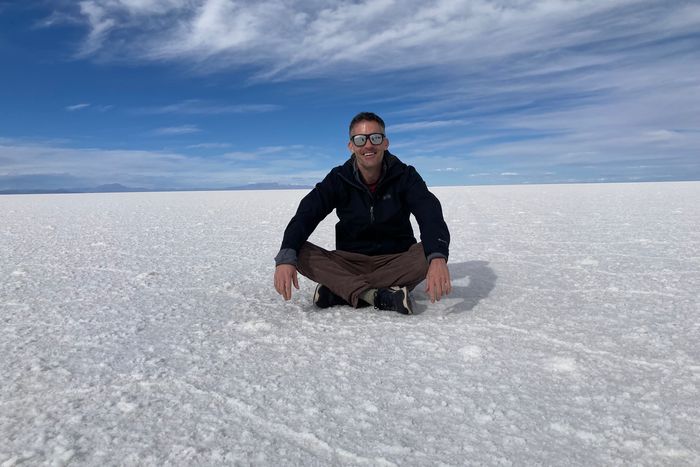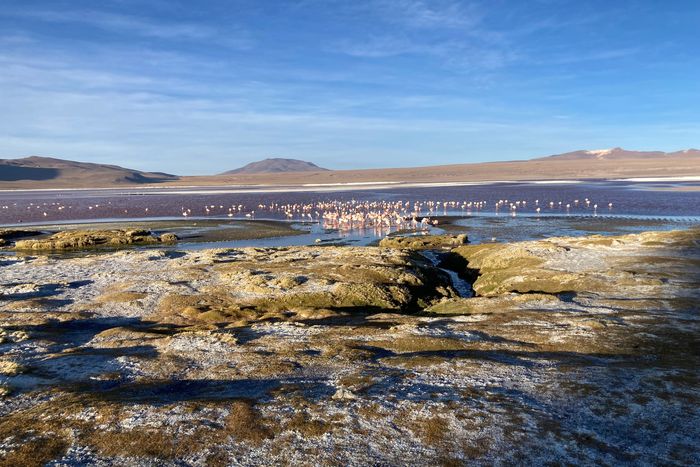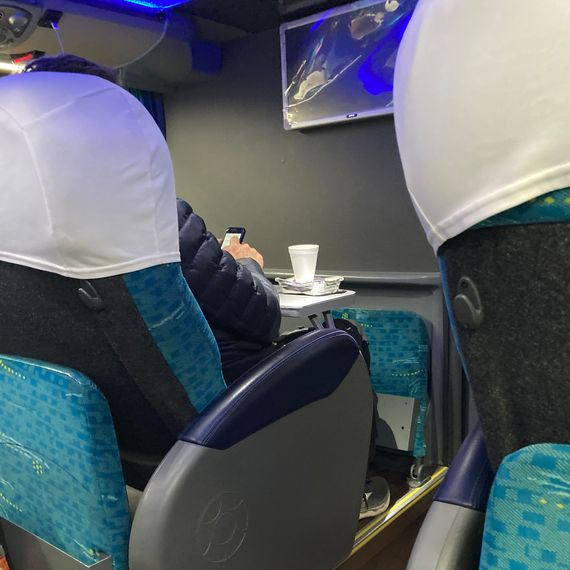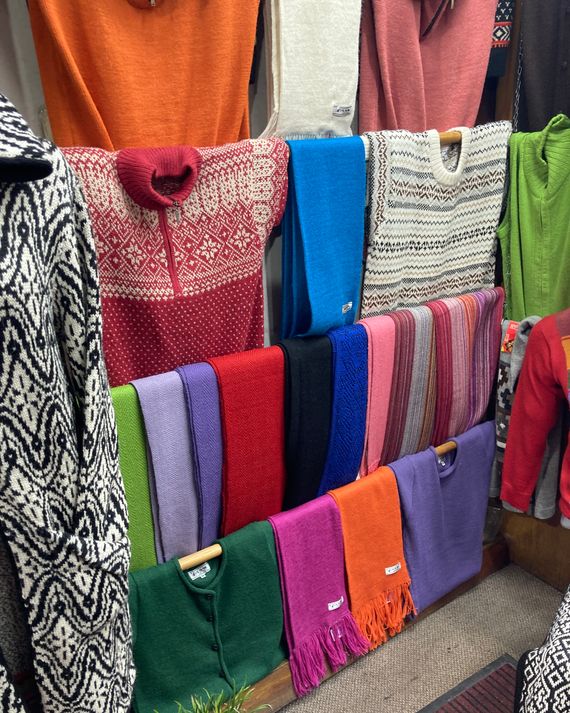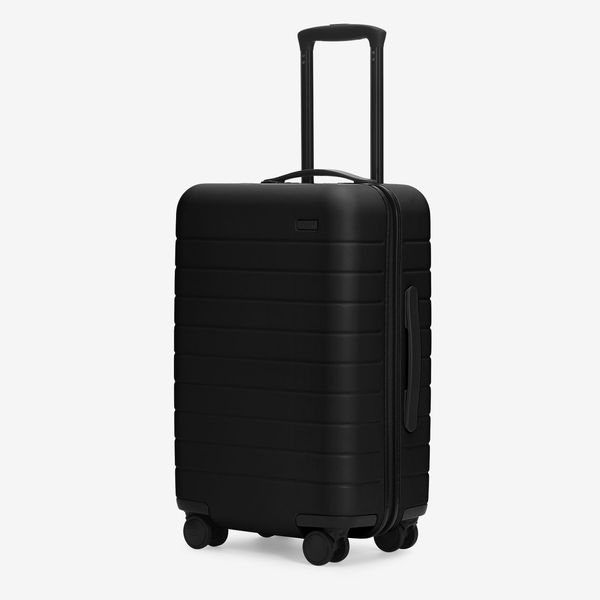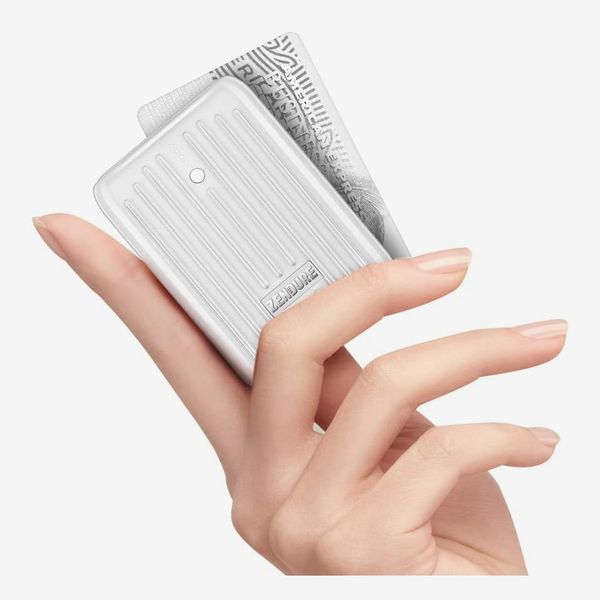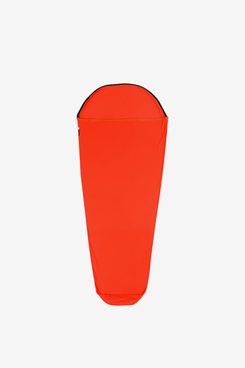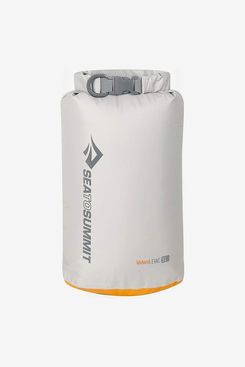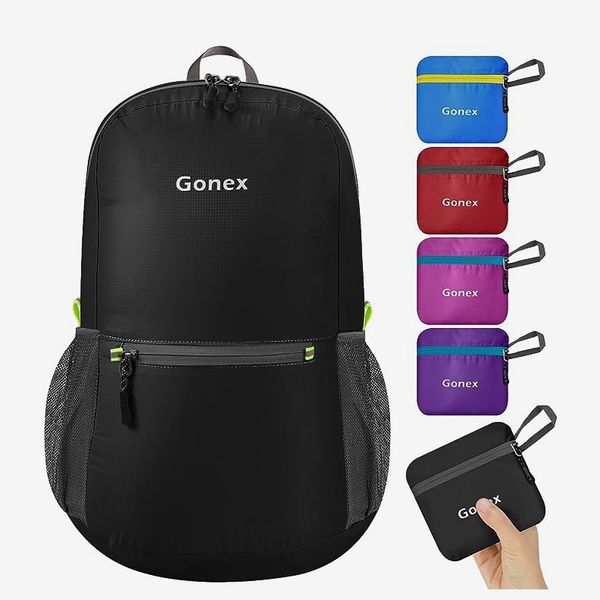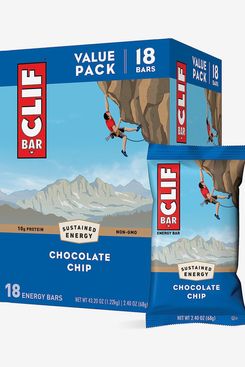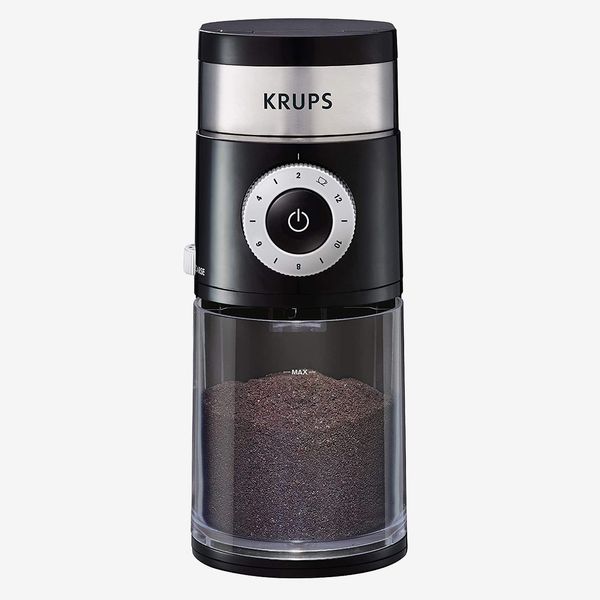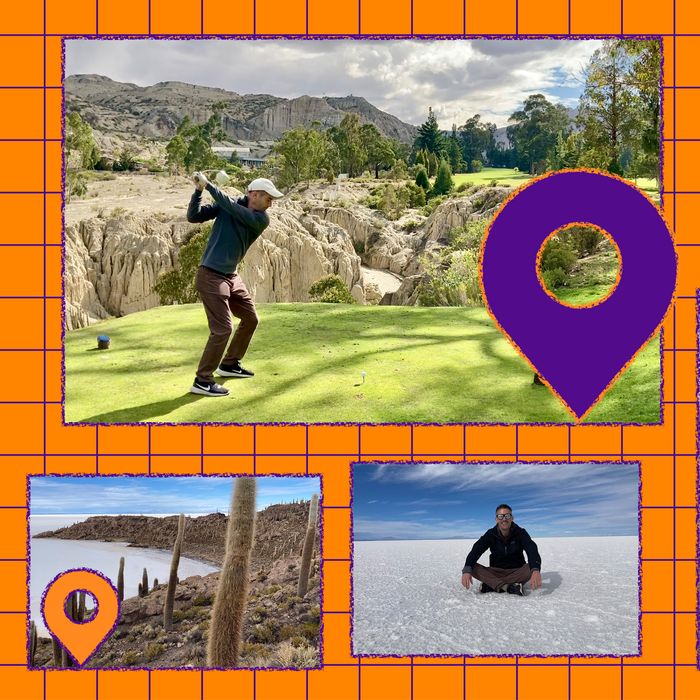
Everyone knows that person who spends weeks sniffing around travel blogs, going deep into Tripadvisor rabbit holes, collecting Google docs from friends of friends, and creating A Beautiful Mind–style spreadsheets to come up with the best vacations and itineraries possible. In this recurring series, we find those people who’ve done all the work for you and have them walk us through a particularly wonderful, especially well-thought-out vacation they took that you can actually steal.
In early May, I flew to the high-altitude city of La Paz, Bolivia, for one glorious week. La Paz had long been on my travel bucket list, not just for its flourishing food scene, proximity to the world’s largest salt flat (Salar de Uyuni), and setting within one of South America’s most affordable countries, but also for its identity as the capital of Indigenous Aymara culture. Plus, as a golf-lover, I’d long heard of picturesque La Paz Golf Club, the highest golf course in South America and third-highest in the world (elevation: 11,036 feet). With recent trips to Peru, Ecuador, and Colombia, I finally booked a trip to Bolivia at the end of its rainy season, which is December to April. Here’s how I spent my days in La Paz — exploring its culinary wonders and breathtaking cable-car system, before touring the otherworldly Salar de Uyuni.
Day 1
2:15 a.m.: Land in La Paz, take taxi to hotel
After flying United from Newark to Bogota, then spending 24 hours in the Colombian capital (I’ll often pick flights with a long layover if I’ve never visited that city before, as an extra mini-vacation), my Avianca flight from Bogota landed at La Paz’s El Alto International Airport at 2:15 a.m. Late. But flights into La Paz almost always arrive in the wee hours, so at least hotels are used to it. I’d pre-booked a taxi pickup ($18) through my hotel. The airport is at 13,325 feet, making it the world’s highest international airport (there’s airside oxygen, plus a full medical clinic), so I was keen to get down to a slightly lower altitude. Fortunately, the customs line was a breeze, and my driver was waiting outside with a big smile. After 30 minutes, we made it to the Casa Fusion Hotel Boutique (Miguel de Cervantes 2725) in La Paz’s hip Sopocachi neighborhood (and a slightly less grueling 11,870-foot elevation). I’d read good things about the hotel’s friendly staff and prime location beside Sopocachi’s cable-car station. Plus, the price was hard to beat — $40 a night for a double. The room was big and clean and the bed was perfect. I was asleep by 3:30 a.m., dreaming of salteñas.
2 p.m.: Take a teleférico ride to explore downtown La Paz
I slept till 9 a.m., then had a delicious complimentary hotel breakfast of yogurt, granola, eggs, toast, orange juice, and coffee. Although most guidebooks advise taking it easy the first day at La Paz’s altitude, I was feeling fine this morning (probably helped by my previous day in Bogota at 8,612 feet), so I decided to head downtown. I grabbed my first ride up on La Paz’s jaw-dropping cable-car system, Mi Teleférico. Opened in 2014, it’s the longest aerial cable-car system in the world, with rides costing all of 43 cents. This was next-level sightseeing. With Mi Teleférico, the city becomes your playground. A slow vertiginous waltz over markets and colorful rooftops, with distant mountains piercing clouds. Soon, I was in downtown La Paz, walking (slowly) along its main artery, the Prado. I joined a daily Red Cap Walking Tour ($3), an ideal way to get initial La Paz bearings. Our guide, Chris, energetically led our 12-person group through the Witches Market, the Rodriguez Market, and the Basilica of San Francisco. The area was bustling, and the Rodriguez Market’s fresh pears and grapes were delicious. Plus, the La Paz garbage trucks played ice-cream-truck music when in motion.
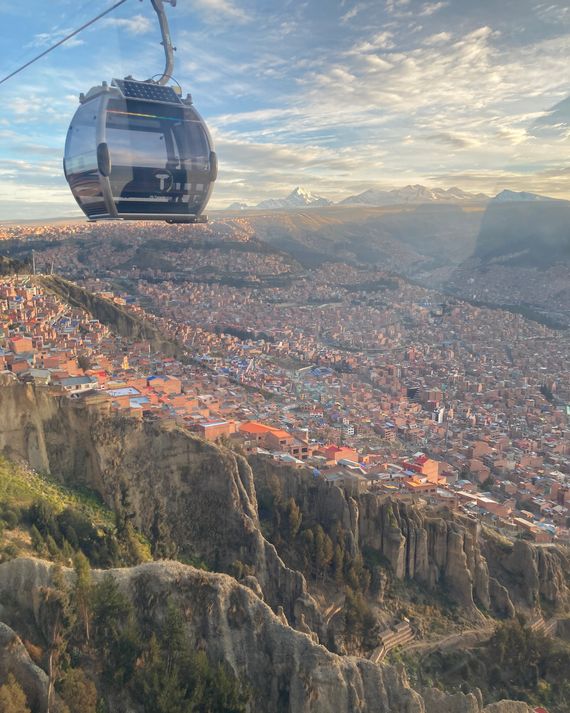
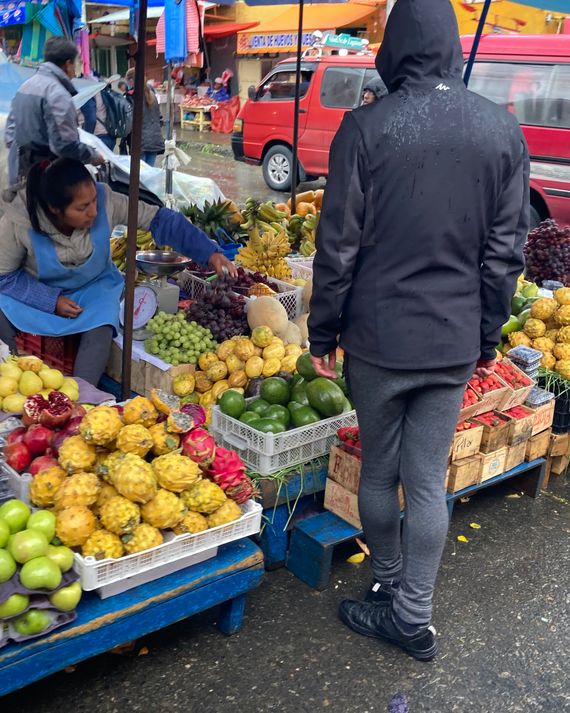
7 p.m.: Grab dinner at Imilla Alzada
For dinner, I took the teleférico down to La Paz’s upscale Zona Sur district, full of palm trees and foreign embassies. From here, I grabbed a taxi to popular pizzeria/microbrewery Imilla Alzada (Alvares Plata 50). Zona Sur sits 1,000 feet below downtown La Paz and I appreciated the extra warmth and easier breathing. At dinner, I met local photographer Michael Dunn and his fiancée Valeria Wilde, an art director on Bolivian films, including the new hit Utama. We ordered delicious margherita pizzas for $7.25 and homemade cider with apples from Cochabamba, as Michael and Valeria took me through the history of their city and likely wondered why my Spanish wasn’t better.
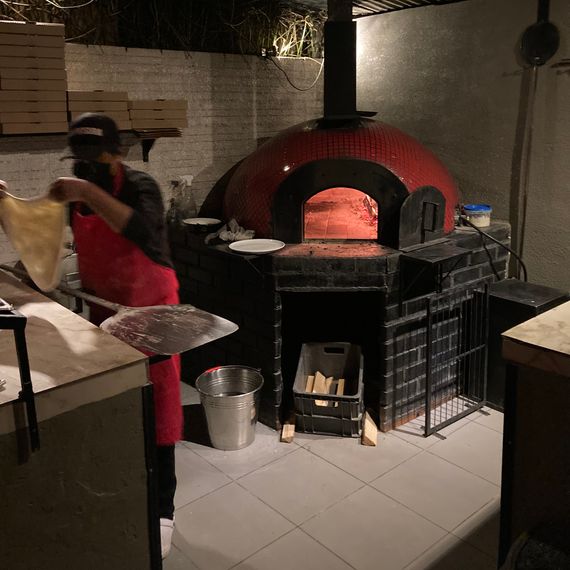
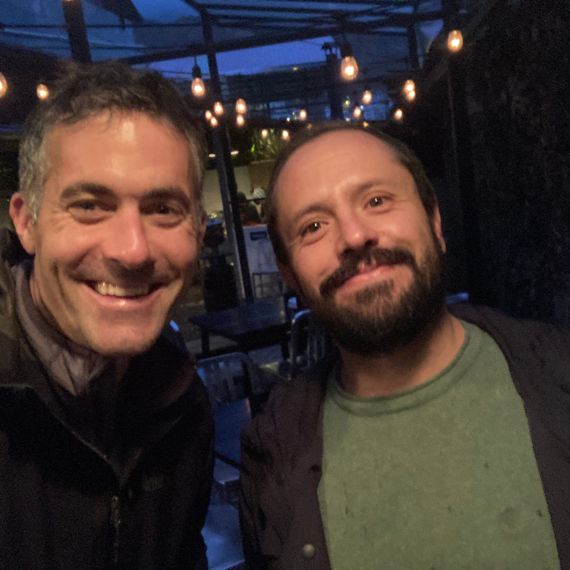
Day 2
1:30 p.m.: Eat spicy pork and edible flowers for lunch at Popular
Today’s plan: more food. After another vista-filled ride on the teleférico (even locals were snapping photos), I arrived at my lunch spot, Popular Cocina Boliviana (Murillo 826). The name was fitting; there was a 45-minute wait. Not surprising, since a three-course prix fixe at this local gem (recently added to the 50 Best Latin American Restaurants’ extended list) is $11.43. To pass the time, I hopped into a nearby barber shop for my first ever Bolivian haircut ($5), replete with a lengthy NBA basketball chat from my barber (overall discussion theme: go Knicks). Post-haircut, I was seated at Popular’s kitchen-facing bar, easily the best seat in the house. Watching the dozen Bolivian chefs in this open-concept kitchen — palpable pride and care on display — was mesmerizing. I had papalisa tubers with edible flowers to start, then slow-cooked pork with spicy pork broth and roast cauliflower, and finally melon sorbet with banana passionfruit and orange pastry cream — each course a work of art. After lunch, I refueled with coffee from HB Bronze Coffeebar (Plaza Tomas Frias 1570), a La Paz caffeine institution.
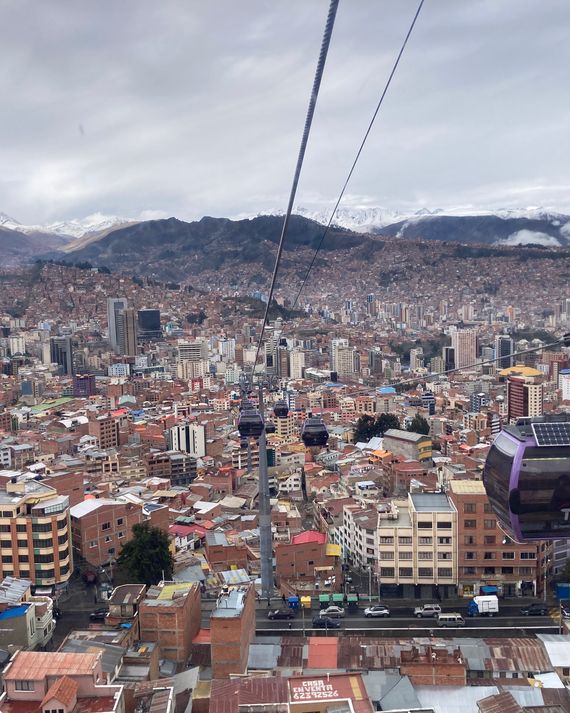
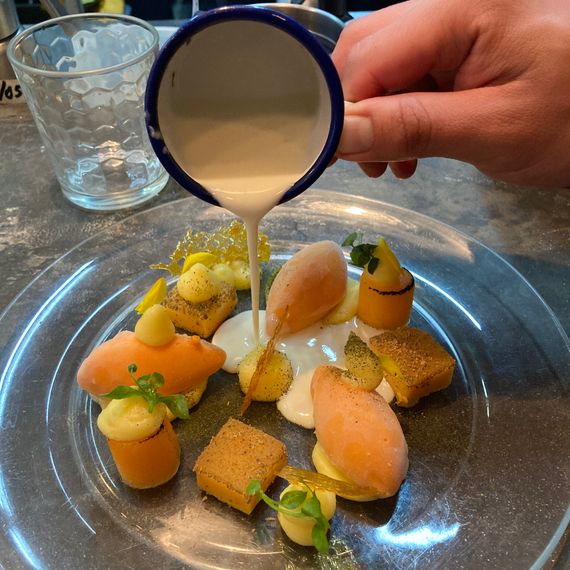
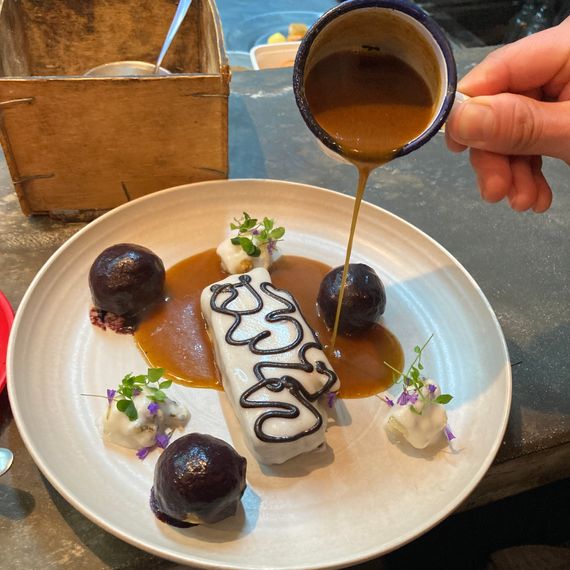
7 p.m.: Catch a movie at Cinemateca Bolivia
I love visiting local cinemas when I’m abroad, so I was particularly excited to watch Utama, Bolivia’s 2022 Academy Awards entry. The film is set near the Salar de Uyuni, where I’d soon be visiting, and features Indigenous Quechua actors. I caught a screening ($4.30) at the old-school Cinemateca Boliviana (Oscar Soria 110 & Gutierrez) in Sopocachi, walking distance from my hotel. The local crowd loved the film as much I did and popcorn at 12,000 feet is a treat.
Day 3
10 a.m.: Explore El Alto’s Sunday markets
After breakfast at my hotel, I made my way up the teleférico to the roof of La Paz at 13,325 feet and the lively city of El Alto — the Indigenous Aymaran capital. On Sundays, it hosts a massive 69-block-long market. Soon, I was in a sea of colorful vendor tents, sprawling across every street. A parade of marching bands blared past me, everyone clapping and dancing along. I strolled through the massive market, trying out the few halting phrases of Aymara that I’d learned on market sellers, producing smiles and some double-takes.
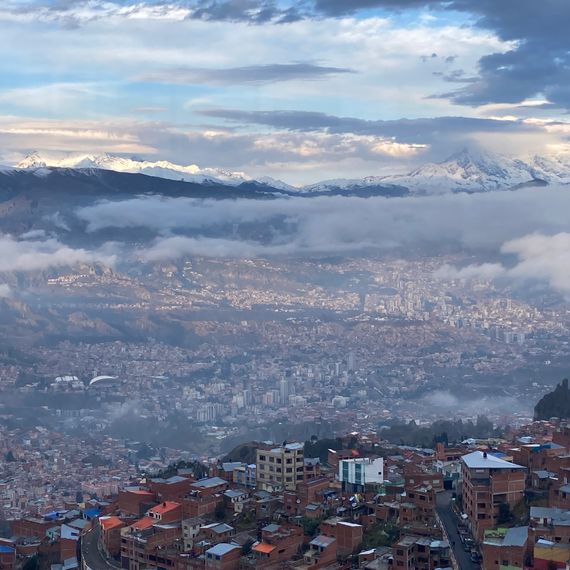
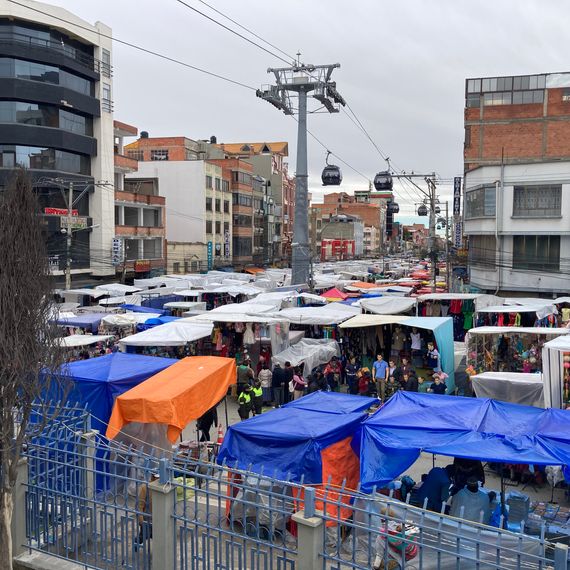
2 p.m.: Join a second walking tour
This afternoon, I wanted to soak in some more La Paz history. I chose the well-reviewed Altitude Travel’s “Be a Local Walking Tour” ($22). This package included a walking tour of downtown La Paz and El Alto, but covered different sights than my previous tour, so I was happy for the second go-around. The group only had three other tourists, and our guide, Alejandro, was an El Alto native, so gave us a true behind-the-scenes tour of El Alto. He also introduced us to his casera (the shopkeeper from whom he buys groceries daily) at the Lanza Market and showed us around the scenic Plaza Murillo. Proudly, he also informed us that soccer legends Lionel Messi and Diego Maradona have both competed in La Paz’s soccer stadium against Bolivia’s national team … and lost to Bolivia 6-1!
8 p.m.: Eat dinner at La Rufina
That night, I had dinner back in Sopocachi at La Rufina (Belisario Salinas 572), known for its Indigenous “artisanal fast food.” I had the peanut and fried-beef rib soup with sweet-potato crisps; richly flavored and deeply satisfying.
Day 4
11 a.m.: Play a round of golf at the world’s third-highest course
As a golf fanatic, I couldn’t come to La Paz without playing South America’s highest golf course — La Paz Golf Club (Zona de Mallasilla s/n) at 11,036 feet. It’s open to tourists, with weekday visitor fees of $60 (club rental: $15). I teleférico-ed down to Zona Sur, then grabbed a 15-minute taxi ($5) to the golf club. Club president Jorge Romecin joined me for the round on this spectacular course. Royal Andean Eagles soared overhead and funny-looking rabbits called viscachas hopped around. Up here in the thin air, the ball flew 25 to 30 percent farther. After three days of La Paz’s frenetic energy, La Paz Golf Club was an oasis of calm … and one of the most memorable rounds I’ve ever played. Even beginning golfers would have fun here; an hour’s driving-range lesson from the club pro costs $15.
4 p.m.: Enjoy a post-round gelato in San Miguel
After golf, I lingered in Zona Sur, strolling through its Calacoto and San Miguel neighborhoods. Palm trees lined the street medians. New SUVs glistened in showrooms. I felt as if I’d stepped onto Rodeo Drive in LA. I ordered gelato at the popular Deli Gelato (Av. Montenegro 933), then headed back up to my hotel for Salar de Uyuni packing.
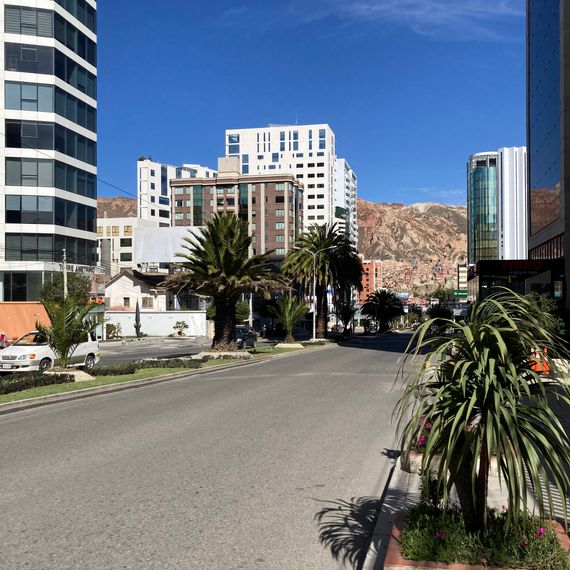
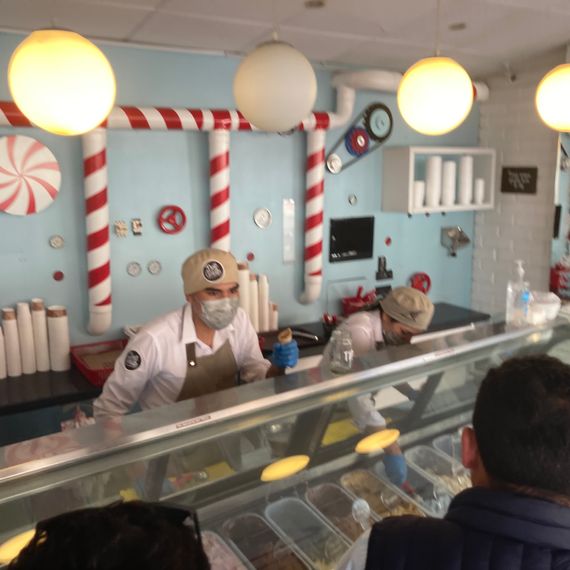
Day 5
7:40 a.m.: Catch a flight to Uyuni
La Paz is an hour’s flight from Uyuni — the launching pad for tours of the world’s largest salt flat. I had a 7:40 a.m. Boliviana de Aviación flight, joining a three-day/two-night tour with Andes Salt Expeditions ($250). At 6 a.m., I taxied to El Alto Airport, having stored half my luggage at the hotel. The flight was quick (and cheap: $77.30 one-way) with remarkable views over the salt flat as we approached tiny Uyuni. We landed at 8:40 a.m. on the airport’s single runway. A tour rep was waiting to drive customers to the Andes Salt Expeditions office, where we paid and got briefed. By 10 a.m., everyone had been split into various Toyota Land Cruisers. The suitcases of my five friendly new tour-mates were loaded onto the roof, beside big plastic tanks of gas for refueling. We pulled out of Uyuni and headed for the world of salt.
3 p.m.: Hike on a cactus island
For hours, our 4x4s glided over an endless white expanse at 12,000 feet, with distant “island” hills dotting the landscape. The salt, as reflective as snow, made sunglasses (and sunscreen) a necessity. This felt like a different planet. One of our coolest stops this afternoon was Incawasi Island, an outpost of giant cacti I’d seen featured on BBC’s Green Planet. We hiked around the island, then had wine and snacks from the back of our car as we watched the sun set in a glorious flourish of orange and purple.
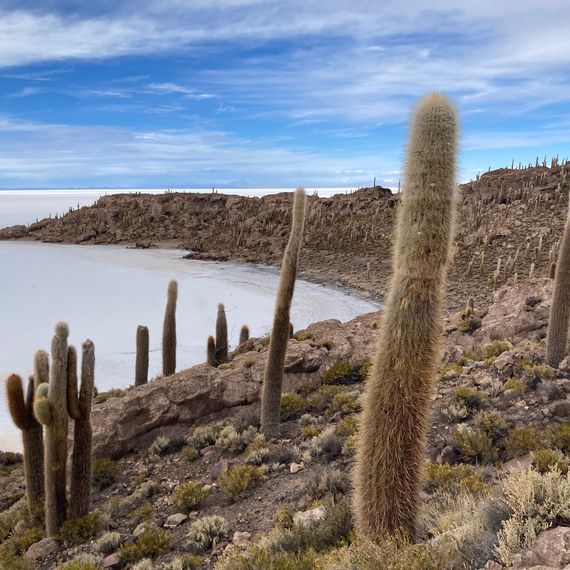
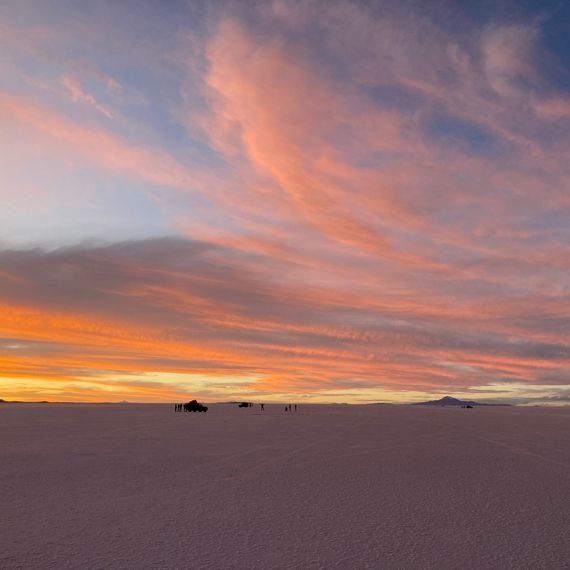
Day 6
2 p.m.: Check out stone trees
Day two of the Salar de Uyuni tour. After breakfast at our (basic but clean) hostel, we pushed further and higher up into the Siloli Desert. We were above the salt flats now, in a Martian-looking landscape that reminded me of Chile’s San Pedro de Atacama, just across the border from here. After lunch, we came to a collection of volcanic ‘stone trees’ in the Eduardo Abaroa National Reserve. It was glorious, and felt like a million miles from La Paz.
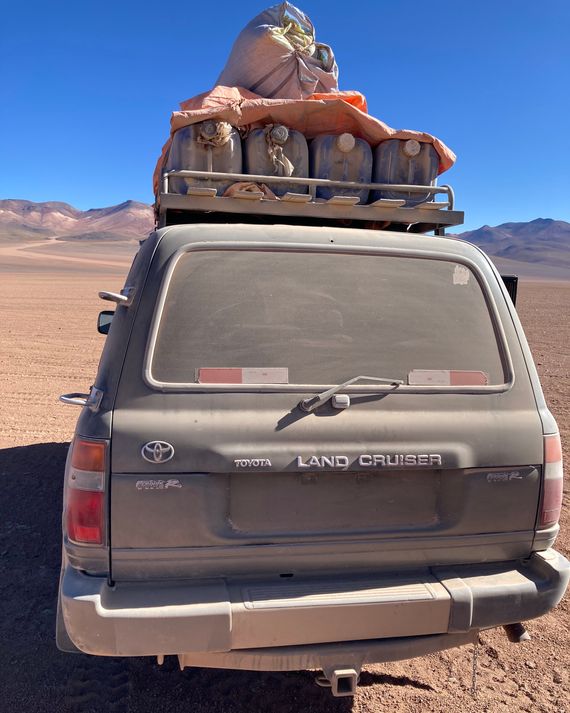
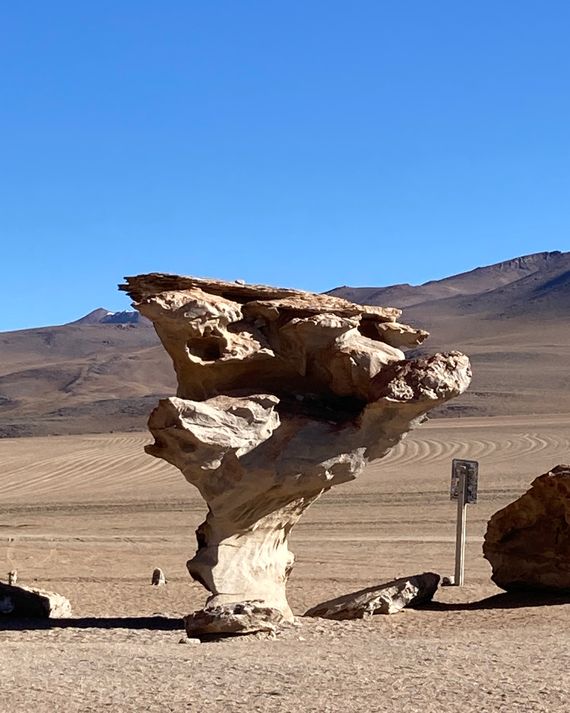
5 p.m.: Watch Flamingos at Laguna Colorada
As dusk fell, we arrived at Laguna Colorada, home to hundreds of pink flamingos. By now, we were at 14,000 feet, and our group was really feeling the elevation as we shuffled toward the lagoon. We stared at the flamingos from beside a herd of llamas. Planet Earth’s David Attenborough would have approved. With night falling, we departed for our hostel in the nearby town of Huayllajara.
Day 7
6:30 a.m.: Get up early for geysers at 16,000 feet
Our wakeup this morning was 4 a.m. After huddling around our space-heater at breakfast (temperatures hit 14 degrees Fahrenheit overnight), our group repacked the SUV and set off. We hit 16,000 feet as the sun clipped over the horizon, revealing a series of sulfurous geysers spewing steam into the chilly Bolivian morning. I saw one tourist leap through a billowing geyser for a photo, and have never felt a stronger sense of, “Nope, I’m good.”
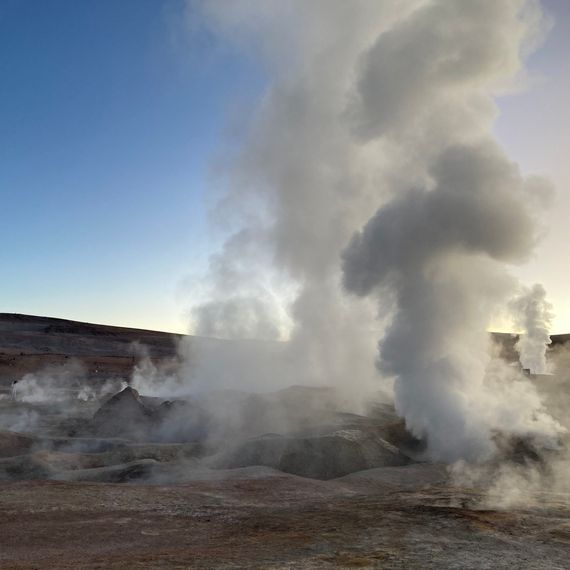
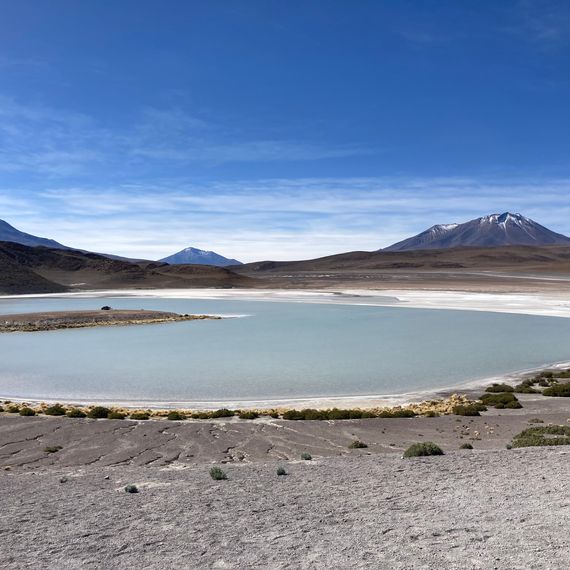
7 p.m.: Have a chicken-fajita pizza for dinner
After stops at Laguna Chalviri’s hot springs, the wonderfully named Salvador Dali Desert, and the Chilean border (to drop off a group of Australians from our tour), our remaining group of four arrived in Uyuni at 5:45 p.m. Flights between La Paz and Uyuni run only a few days a week, so I’d be taking the nine-hour night bus back to La Paz tonight (gulp). We still had a few hours to kill before the bus. Fortunately, I’d heard about the best restaurant in Uyuni: Minuteman Revolutionary Pizza (Av. Ferroviaria 60). Run by a Bostonian named Chris and his Bolivian wife, Sussy (the couple met at UMass-Amherst), the restaurant was set within the pretty Tonito Hotel, which the couple also owns. We ordered delicious chicken fajita pizza, margherita pizza, blueberry scones, and chocolate-chip cookies (I know, award-winning combo), celebrating our Salt Flat adventure underneath the Red Sox posters.
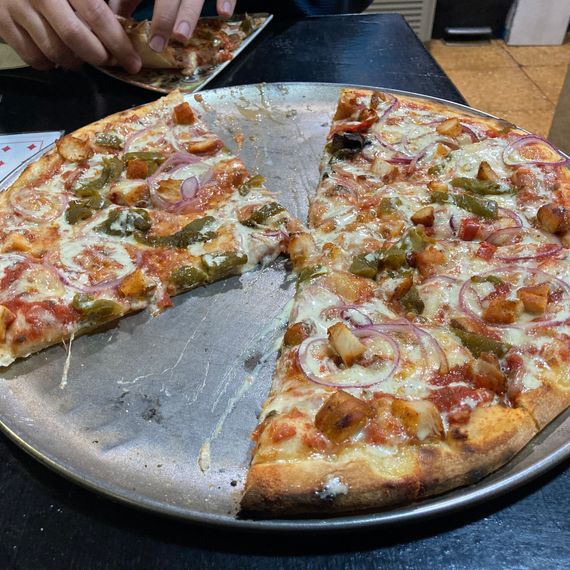
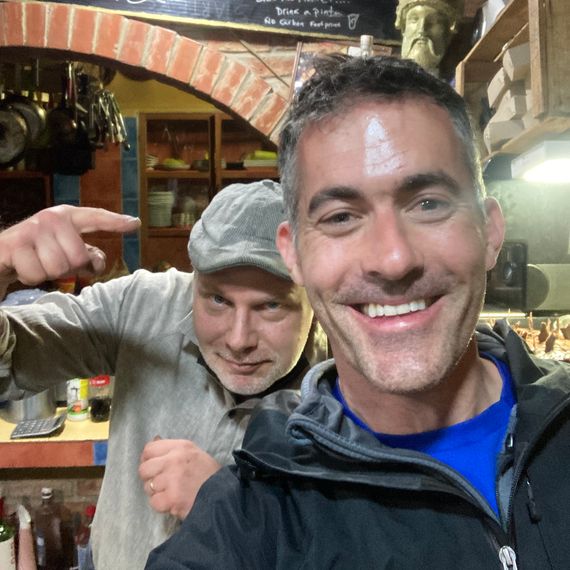
9 p.m.: Catch the night bus back to La Paz
Thirty minutes before our bus, my tour mates and I walked over to the bus office. Having done my share of night buses, most recently in Ecuador (from Quito to the Amazon), I knew this was one area to splurge whenever possible. I’d picked the most comfortable bus company available (Todo Tourismo) and already purchased a VIP full sleeper seat ($36), providing dinner, breakfast, blankets, and pillows. My seat was in a downstairs 12-seat cabin, with the non-deluxe seats on the floor above. The seat was akin to an airplane business class seat, albeit with less legroom. I’d picked the second row’s right-side single (a curtain pulled across for added privacy).
My take: it wasn’t bad! I was able to get seven hours of solid sleep. However, I made two mistakes: First, I brought too many “carry-on” items onboard, which I had to jam beside my feet, reducing legroom. I should have stored everything in the bus’s hold. And then being 6 feet tall, I should have chosen one of the three front-row seats. Once the seat in front of me fully reclined, it got very cramped. My advice: Book seats early on Todo Turismo, and if you’re tall, grab that front row.
Day 8
1 p.m.: Order peanut soup for lunch
We got into La Paz’s bus station at 6 a.m. (after three days in Uyuni, reentering the city was a shock!) Saying good-bye to my tour mates, I grabbed a taxi back down to Casa Fusion. With rooms being so cheap, I booked the previous night as well, so that I could head straight to my room. When I arrived, all of the items I’d stored there during my excursion were already waiting in my room! I slept for a few hours, then had breakfast. As it was my final day in La Paz, I headed to another culinary staple in the city for lunch: Manq’a (Av. 20 de octubre 927). It’s an award-winning restaurant connected to a non-profit that helps low-income Bolivian youth become chefs. Three courses were $10, and I had traditional peanut soup with parsley oil, soft baked beef with Andean potato crumble, and a delicious dessert of crunchy marraqueta bread stuffed with coffee ice cream and coffee sauce.
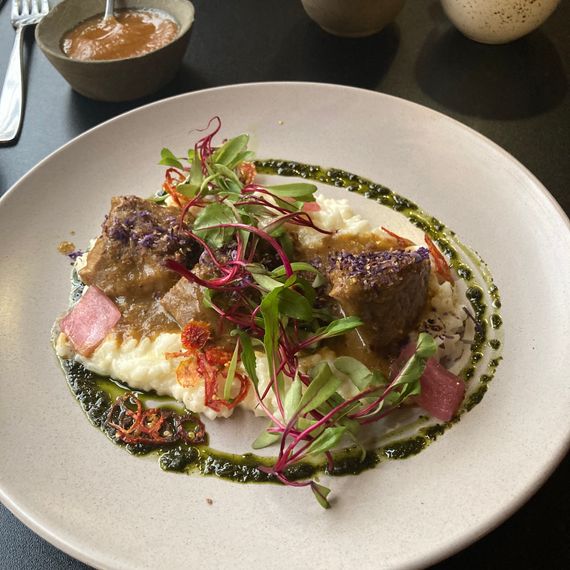
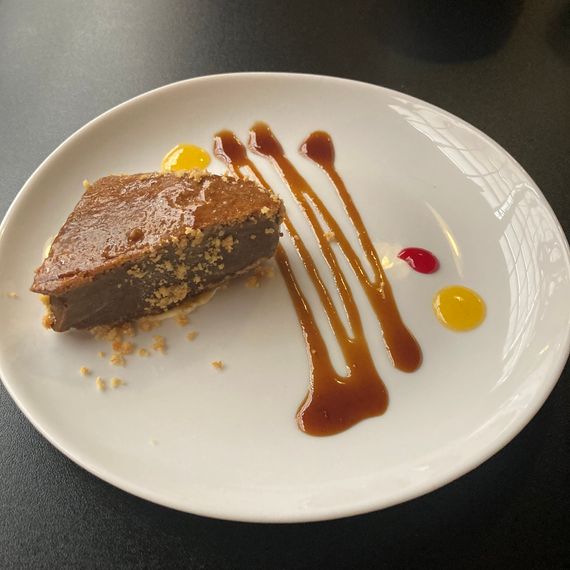
3 p.m.: Shop on Calle Sagarnaga
With plenty of time before my night flight, I headed into downtown La Paz for some shopping. On the popular shopping street of Sagarnaga, I found LAM Bolivia (Sagarnaga 295), where I bought my girlfriend, Emma, an alpaca-wool hat and gloves (just what she wanted in the 80-degree New York City heat).
8 p.m.: Have one last dinner at Café Typica
My flight was at 3:10 a.m. that night, so I’d pre-booked a taxi from my hotel at midnight. (I’d also reserved my room for an extra “night” to have until my taxi). Before final packing, I headed to dinner at Café Typica (Av. 6 de Agosto), set inside a stylish mansion and packed with hip La Paz 20-somethings. I ordered a black sesame-chicken and arugula sandwich with sweet-onion sauce, plus a large coffee. A long trip home awaited. I was going to miss Bolivia. The one consolation: I knew I’d have Bolivian Llama Party waiting in Queens whenever I got hungry.
Oliver’s La Paz Packing List
This is my go-to carry-on pack. Thoughtfully designed, super comfortable, and large enough to be my sole pack on countless international trips.
Since I had to bring a mountain of warm clothes for the frigid Salar de Uyuni, I added my Away carry-on for this trip. Its wheels roll smoothly, and the included battery pack was a nice bonus (until I spilled water on it).
I’ve already sung songs about these washer sheets. In Bolivia, once again, they delivered. Instantly dissolving, they turn any hotel-room sink into a washing machine, making laundry while traveling a cinch.
I appreciate how small this power bank is, and it packed more than enough charge for the long Salar de Uyuni drives.
Another secret weapon for trips. This liner adds 25 degrees Fahrenheit of warmth to sleeping bags — perfect for Salar de Uyuni’s 14-degree nighttime temperature, as well as colder nights in my La Paz hotel.
I’m a huge fan of this bag. It compresses everything inside so you can fit a ton more clothes into carry-ons. It’s also the perfect solution for separating wet bathing suits after swimming or smelly clothes after hiking.
This is one of my secret weapons when traveling, and I throw it in on every single trip. It folds down to the size of a fist, is super lightweight, and always comes in handy.
I read great reviews for this backpack, and have since used it in Peru, Ecuador, and now Bolivia. It made a perfect daypack for the Salar de Uyuni.
No matter where I’m going on an international trip, the day before my flight, I’ll load up on six to eight Clif bars. I just know that at some point, be it bus, plane, or long car ride, I’ll be glad to have these.
When I’m traveling, I like to bring a bag of my favorite NYC coffee to give as a gift. It makes people happy, and, as a bonus, makes my carry-on smell amazing when I arrive.
The Strategist is designed to surface the most useful, expert recommendations for things to buy across the vast e-commerce landscape. Some of our latest conquests include the best acne treatments, rolling luggage, pillows for side sleepers, natural anxiety remedies, and bath towels. We update links when possible, but note that deals can expire and all prices are subject to change.
